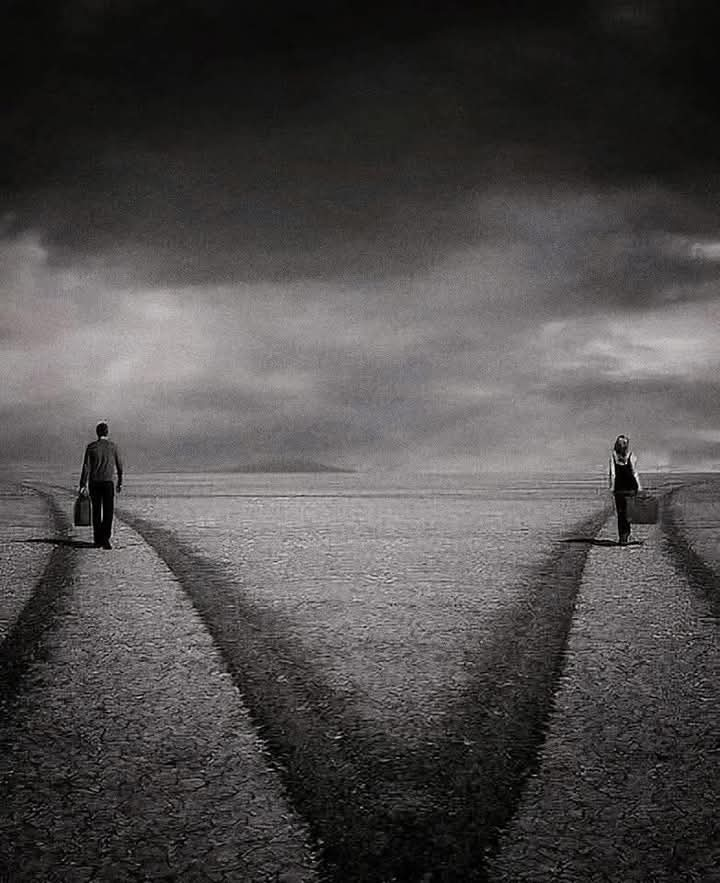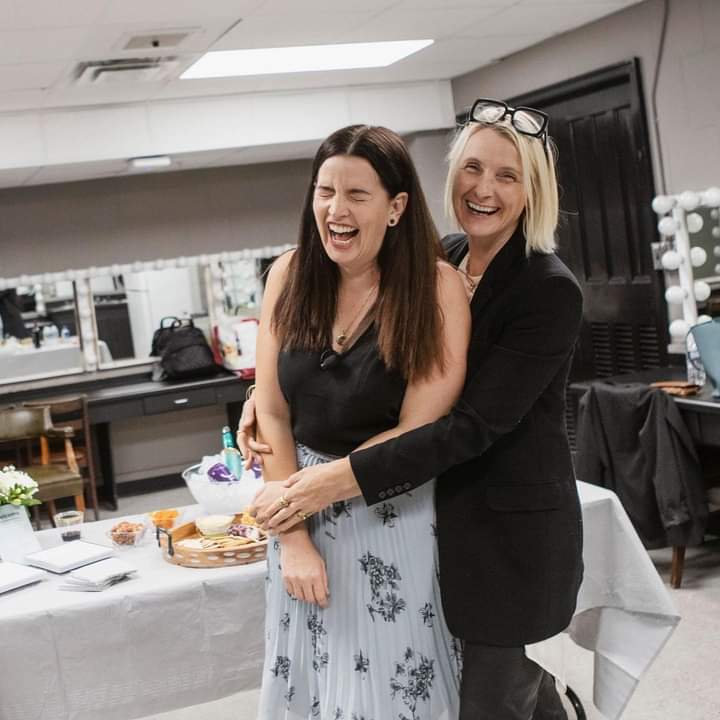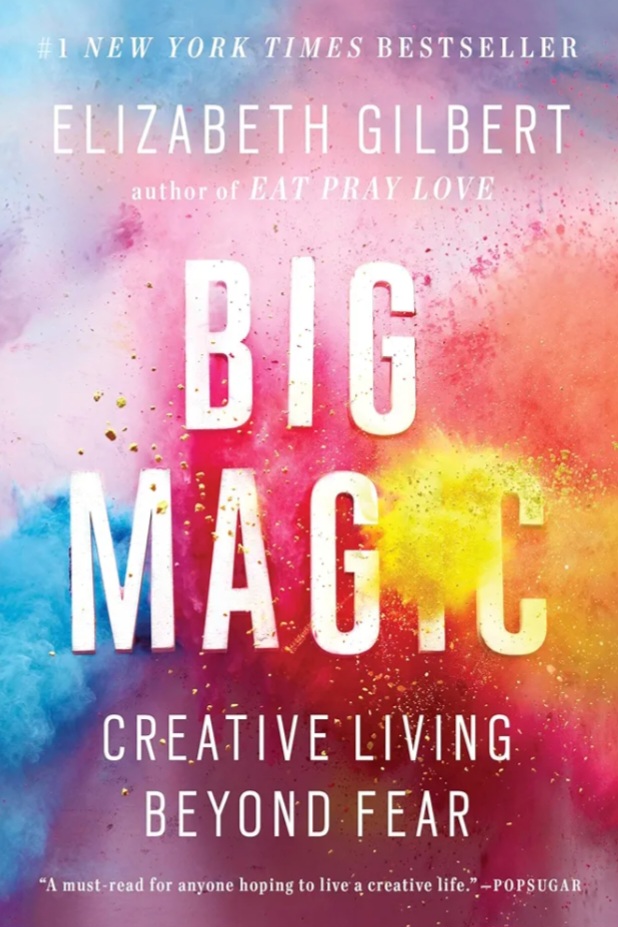We've become a culture of people who often end relationships prematurely. Sometimes this is necessary and even life-saving, but too often it’s reactionary. A hurt feeling, a misunderstood comment, an unmet expectation—suddenly it feels easier to cut someone off than to stay and sort it out. And social media doesn’t help. In fact, it reinforces the idea that walking away is strength, that discomfort is danger, and that holding onto relationships that challenge us is a form of weakness or lack of self-respect.
But what if the truth is more complicated than that?
The reality is that human relationships are messy. They’re full of misunderstandings, triggers, and blind spots. And often, what ends a relationship isn’t something catastrophic—it’s resentment. It’s contempt. It’s a slow buildup of unresolved emotions that we never learned how to address. And if we’re honest, many of us didn’t grow up in families where we were taught how to navigate that terrain.
Most people were never shown how to repair after conflict. Maybe we saw one parent shut down and go cold, or another explode in anger. Maybe disagreements were swept under the rug. Maybe apologies were rare, or forced. So we enter adulthood with a toolbox full of missing tools. And then we try to build lasting relationships with them.
Resentment is one of the trickiest emotions. It starts small—maybe someone didn’t show up the way we wanted, or said something that hit a nerve. Instead of speaking up, we stew. We replay it in our heads. We collect more evidence. And over time, our perspective warps. The person becomes “the problem” instead of the situation. Resentment hardens into contempt.
And contempt is a relationship-killer.
Once contempt sets in, we stop giving people the benefit of the doubt. We stop seeing their humanity. We write them off, see them through a distorted lens, and eventually, we justify walking away. Because who would stay with someone they can’t even respect anymore?
But here’s the thing—resentment and contempt are not inevitable outcomes. They’re signals. They tell us that something needs attention, that a wound is unhealed or a boundary is being crossed. And with the right tools, we can address them. We can talk about them. We can heal them.
Unfortunately, those tools don’t come automatically with age. They have to be learned.
This is where we have to become students again—sometimes of unfamiliar wisdom, and often from unexpected teachers. One example that comes to mind is Pema Chödrön, a Buddhist nun whose work cuts straight through the noise. In her book Don’t Bite the Hook, she talks about what happens when we get “hooked” by anger, jealousy, or blame—and how we can unhook ourselves by staying present with our discomfort rather than acting on it.
It’s not about suppressing how we feel or pretending everything’s okay. It’s about learning to pause. To recognize that our feelings are valid, but they’re not always accurate guides. They’re data, not commands. And sometimes what feels like a reason to walk away is really an invitation to go deeper—into understanding ourselves, our wounds, and how we connect with others.
Another powerful resource here is The Dance of Anger by Harriet Lerner. It’s especially useful for people who grew up afraid of conflict or unsure how to express themselves without exploding or retreating. Lerner breaks down the patterns we fall into when we don’t know how to be direct with our emotions—and how that leads to resentment over time.
It’s a radical shift. Instead of thinking, “They hurt me, so I’m done,” we start thinking, “They hurt me, and I want to understand why—both in them and in me.” That doesn’t mean we ignore red flags or tolerate mistreatment. It means we differentiate between harm and hurt, between a toxic pattern and a moment of tension, between someone who is unsafe and someone who’s simply human.
The problem with social media is that it doesn’t teach any of this. In fact, it often does the opposite. Algorithms thrive on division. They feed us content that validates our pain and intensifies our outrage. The more polarized we become, the more we engage. And the more we engage, the more those platforms profit. It’s a cycle.
So we’re shown a constant stream of messages like:
“If they don’t support you, cut them off.”
“If they don’t agree with you, they’re toxic.”
“If they don’t meet your every emotional need, they’re not your people.”
It’s appealing. It’s empowering. And it’s dangerously incomplete.
Because if we end every relationship that challenges us, we’ll end up alone. Not because we’re unworthy of connection, but because we never learned how to hold it through difficulty. And no matter how strong we think we are, we’re not built to go through life completely disconnected.
We need each other. Not just the versions we post on Instagram, but the raw, flawed, inconsistent versions we are in real life. And learning to stay in relationship—with others and with ourselves—means learning how to hold our resentments long enough to work through them instead of weaponizing them.
It also means seeking out new models of what that looks like. If our parents didn’t show us healthy conflict, we need to look elsewhere. If our communities didn’t teach us repair, we need to find communities that will. It could be through therapy, through books, through spiritual teachers, through friendships with people who are willing to grow with us.
Another essential book for this journey is Nonviolent Communication by Marshall Rosenberg. It’s not just about being polite—it’s about learning how to speak honestly about our needs and feelings without blaming others. That skill alone can keep relationships from falling into resentment spirals.
And for those who want to understand what a healthy dynamic actually looks like, Attached by Amir Levine and Rachel Heller is a great roadmap for navigating the push-pull of modern intimacy. It helps explain why some of us run, why others cling, and how we can start showing up more securely.
We have to redefine what strength looks like in relationships. Sometimes strength is walking away. But sometimes, strength is staying. It’s saying, “I’m hurt, but I’m here.” It’s asking, “Can we talk about this?” It’s allowing ourselves to be vulnerable, even when we’re scared.
The ability to get along with others isn’t about being agreeable or conflict-avoidant. It’s about emotional maturity. It’s about the willingness to sit with complexity—to say, “I’m uncomfortable, but I still care.” To say, “We see this differently, but I want to understand where you’re coming from.” That’s not weakness. That’s real courage.
The truth is, our relationships don’t fall apart because we don’t love each other. They fall apart because we don’t know how to deal with the pain that comes with loving people. The resentment, the disappointment, the fear of not being enough. And unless we learn how to meet those emotions with curiosity and compassion instead of judgment and withdrawal, we’ll keep cycling through people, hoping to find one who never hurts us—and blaming them when we don’t.
But healing isn’t about finding perfect people. It’s about becoming people who can show up in imperfect moments and still choose connection.
So if you’re someone who’s been walking away a lot, it might be worth asking: Am I leaving because the relationship is truly unworkable? Or am I leaving because I was never taught how to stay?
And if the answer is the latter, you’re not broken—you’re human. And like all humans, you can learn. You can get new tools. You can find new guides. You can become your own kind of hero—the kind who doesn’t avoid pain, but learns how to move through it with grace.
Maybe the real work isn’t in avoiding the hook. It’s in noticing when we’ve bitten it, and learning how to unhook ourselves—again and again, with compassion, with honesty, and with a commitment to grow into the kind of people who can truly get along, not just when it’s easy, but when it’s real.
Suggested Reading List for Relationship Resilience and Repair:
Don’t Bite the Hook by Pema Chödrön – On managing reactivity and staying present with discomfort
The Dance of Anger by Harriet Lerner – A guide to expressing anger in ways that lead to change, not damage
Nonviolent Communication by Marshall Rosenberg – Essential skills for speaking and listening with compassion
Attached by Amir Levine and Rachel Heller – Understanding attachment styles and how they play out in adult relationships
Radical Acceptance by Tara Brach – Cultivating self-compassion as a foundation for healthier connection
Hold Me Tight by Dr. Sue Johnson – Building emotional safety and closeness in intimate relationships
|
|







